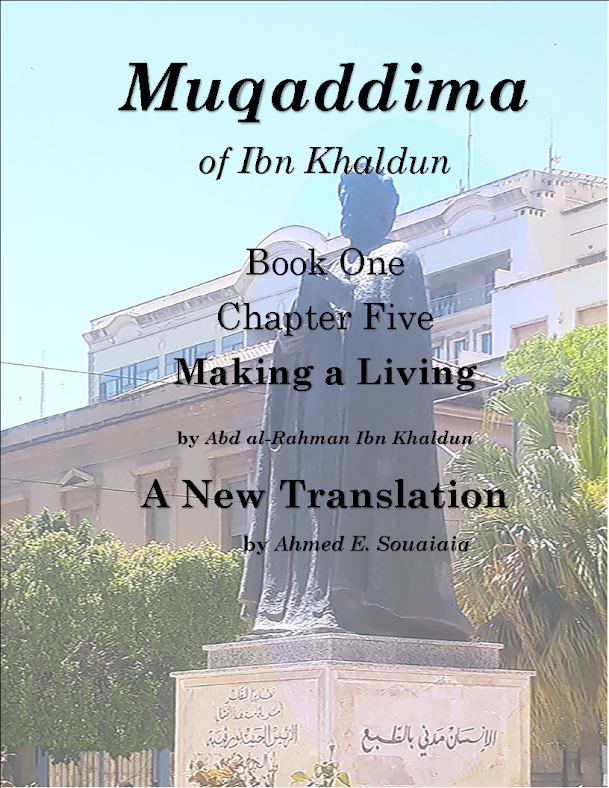Islamic State blamed for Tunisia attack after killing of Libyan cell leader
Thursday, March 19, 2015
No comments
A total of 22 people, including South African, French, Spanish, Polish and Italian holidaymakers, were killed when gunmen disguised as soldiers stormed the museum in the capital, Tunis.
Armed with Kalashnikovs and grenades, the terrorists sprayed gunfire at tourists getting off buses outside the museum and then charged inside. The Western tourists had apparently got off cruise ship buses and were deliberately targeted.
Other people in the Bardo museum fled the scene in terror while some were taken hostage inside.
The building was then surrounded by heavily-armed security forces. After a two-hour stand-off, they attacked the gunmen and killed two of them, freeing the captives. At least two of the gang escaped and were being hunted by police on Wednesday night.
A Tunisian tourist guide told how he had “stared death in the face” as the terrorists opened fire in the museum.
“They opened up on anything that moved,” said Walid, who only gave his first name.
“The choice was to run away, or face certain death or injury. I helped my clients find shelter as best I could,” he said, explaining that he knew where the nearest emergency exits were.
The random savagery of the attack bore all the hallmarks of Islamic State of Iraq and the Levant (Isil), which set up its first North African cell last year in neighbouring Libya, vowing it to be a staging post for strikes on Europe.
As of Wednesday night, no group had issued a claim of responsibility. But speculation was growing that it was linked to the death of Ahmed al-Rouissi, Tunisia’s most-wanted terrorist, who had become a senior leader in Isil’s Libya group.
Accused by the Tunisian government for a string of terrorist attacks in his home country, he was killed last weekend in a clash with Libyan militiamen.
The slaughter at the museum was also seen as a deliberate attempt to destabilise Tunisia, which was the birthplace of the Arab Spring four years ago, and which has so far managed to avoid the turmoil that has engulfed other Arab Spring countries like Libya, Syria and Egypt.
read more >>
Armed with Kalashnikovs and grenades, the terrorists sprayed gunfire at tourists getting off buses outside the museum and then charged inside. The Western tourists had apparently got off cruise ship buses and were deliberately targeted.
Other people in the Bardo museum fled the scene in terror while some were taken hostage inside.
The building was then surrounded by heavily-armed security forces. After a two-hour stand-off, they attacked the gunmen and killed two of them, freeing the captives. At least two of the gang escaped and were being hunted by police on Wednesday night.
A Tunisian tourist guide told how he had “stared death in the face” as the terrorists opened fire in the museum.
“They opened up on anything that moved,” said Walid, who only gave his first name.
“The choice was to run away, or face certain death or injury. I helped my clients find shelter as best I could,” he said, explaining that he knew where the nearest emergency exits were.
The random savagery of the attack bore all the hallmarks of Islamic State of Iraq and the Levant (Isil), which set up its first North African cell last year in neighbouring Libya, vowing it to be a staging post for strikes on Europe.
As of Wednesday night, no group had issued a claim of responsibility. But speculation was growing that it was linked to the death of Ahmed al-Rouissi, Tunisia’s most-wanted terrorist, who had become a senior leader in Isil’s Libya group.
Accused by the Tunisian government for a string of terrorist attacks in his home country, he was killed last weekend in a clash with Libyan militiamen.
The slaughter at the museum was also seen as a deliberate attempt to destabilise Tunisia, which was the birthplace of the Arab Spring four years ago, and which has so far managed to avoid the turmoil that has engulfed other Arab Spring countries like Libya, Syria and Egypt.
read more >>



































